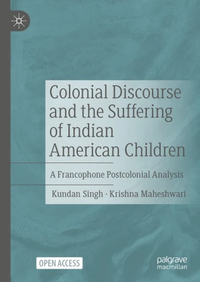Tulajāpur
By Swami Harshananda
Geographical Location[edit]
Tulajāpur is the town 25 kms.[1] to the south of Osmanabad in Maharashtra. It is celebrated for its temple of Tulajā bhavānī, the goddess who blessed Śivājī[2] with the famous sword called ‘Bhavāni’.
Significance of Tulajāpur[edit]
According to the Devibhāgavata[3] this is one of the Śaktipīṭhas, places hallowed by the Devi’s limbs which fell at various places.
Bhavānī Temple in Tulajāpur[edit]
In the main temple is the dark image of Bhavānī. There is a bronze icon of the lion[4] kept in front of the image. Near this shrine is a well called ‘Kallolatīrtha.’ It has a gomukha[5] from which water is constantly coming out.
Other Temples[edit]
There are quite a few other temples here dedicated to:
- Bhavānīśaṅkara
- Gaṇeśa
- Dattātreya
- Kālabhairava
- Mātaṅgidevī
- Ramāvaradāyinī
- Śrīrāma
- Hanumān
References[edit]
- The Concise Encyclopedia of Hinduism, Swami Harshananda, Ram Krishna Math, Bangalore

